When upholstering a chair or sofa you need to take into account the pattern on the fabric and marry it with the object - if you are using a fabric with a large repeat pattern, it needs to work well with the chair. For example if it has a large flower design on it, make sure that the main flower is located in the centre of the chair back or chair seat.
Traditional upholstered furniture tends to have a large repeat pattern and when reupholstering a chair or sofa, using a traditional fabric with a large repeat pattern in traditional colours will make the chair fit well within a period interior. When purchasing fabric, be careful that you buy enough to get the repeat pattern in the correct place. You may also consider your room size. Small rooms may be not be so good at accommodating large patterns as well as larger rooms - after all, after the cost and effort to reupholster, you will wish to use your furniture for many years.
Before you even think about your fabric you may need to consider whether your chair or sofa needs a structural overhaul. The springs may need repairing and the underneath of the chair may need upholstering with new lining materials before the top of the chair is addressed. If attempting a reupholstery project for the first time, you may find it easier to stick to simple designs such as footstools before embarking on a sofa or chair.
Think about the décor of the room that your chair will go into – try to complement this with your fabric choice for the chair – The Victorian Emporium sells historic fabrics and wallpapers that work well together.
One way to make a statement in your home without compromising a period renovation is to take a traditional piece of furniture and reupholster it with a traditional fabric but maybe in a very bright colour – so a lime green sofa in a Victorian sitting room. Some of the original colours were indeed very bright but the passage of time has faded them. On the bottom of your chair or sofa you may wish to add coordinating tassels and piping to make the project look complete.
Obviously upholstery cannot be washed other than by hand. So it's important to ensure that as soon as you notice that a piece of upholstery fabric has been stained, that you gently sponge it down with water and washing up liquid to remove the stain and allow it to dry in a well ventilated room. Upholstery that gets a lot of use and is frequently stained, for example dining room chairs used by small children, may well need to be replaced every few years to stop it from looking scruffy. It's always good to use a patterned fabric in fairly neutral colours, which tends to hide stains better. However upholstery fabric, if well looked after, can last many, many decades - just think of the 19th century chaise longues on sale with their original upholstery. In fact many armchairs that were originally upholstered in leather with brass studs actually look better with age.
The Victorian Emporium sells a varied collection of upholstery fabrics and curtain fabrics for your period home.
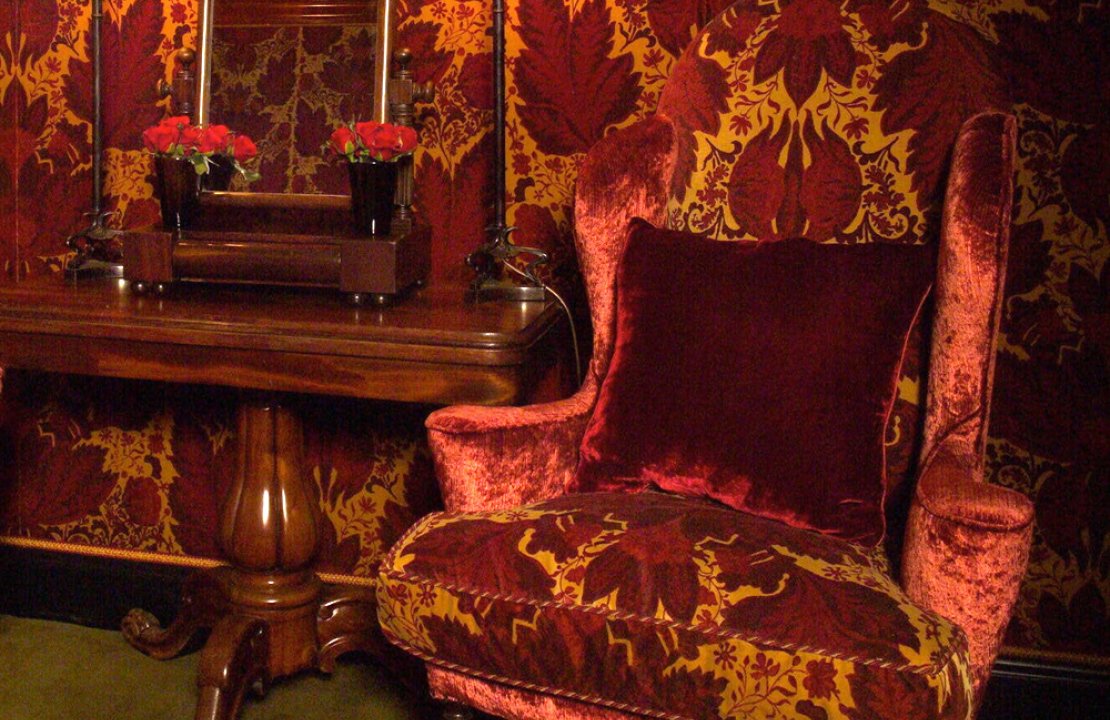

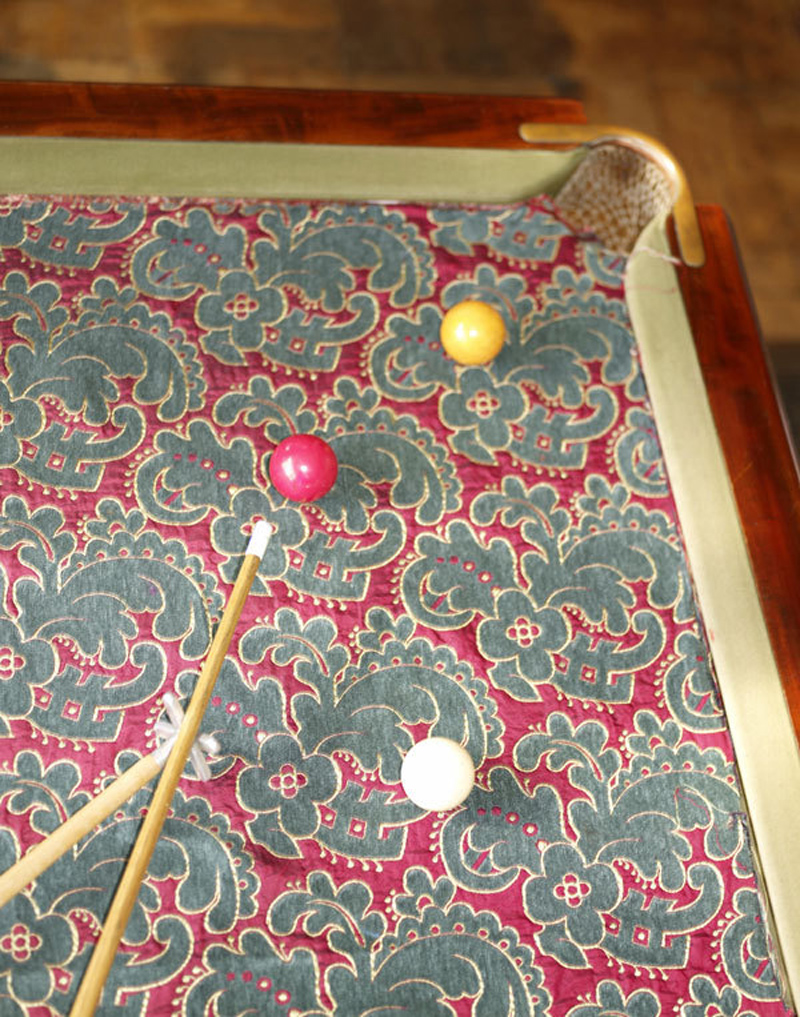
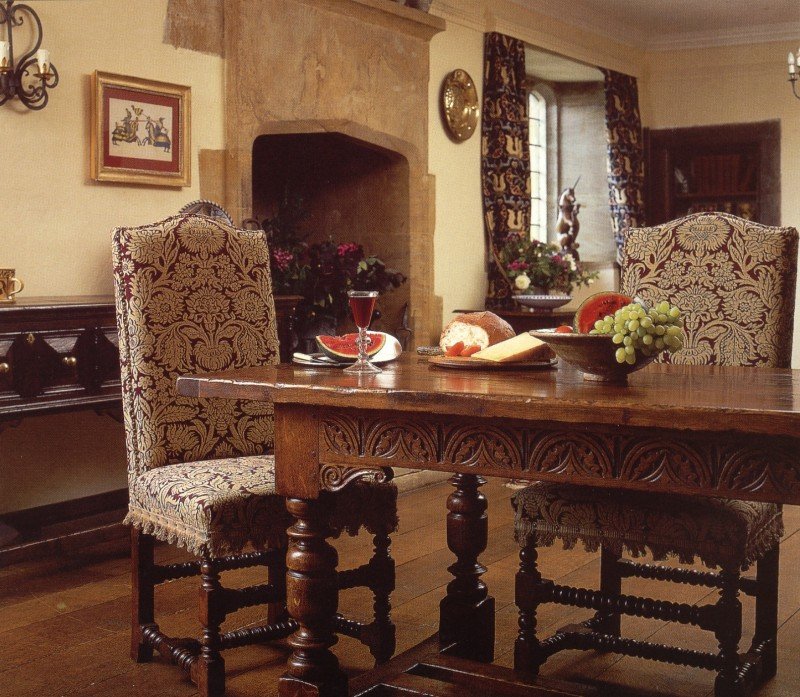

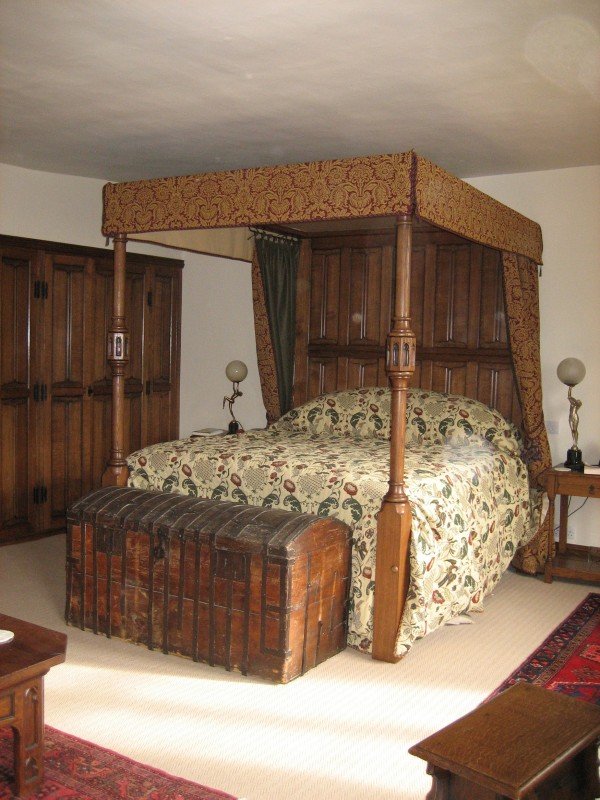
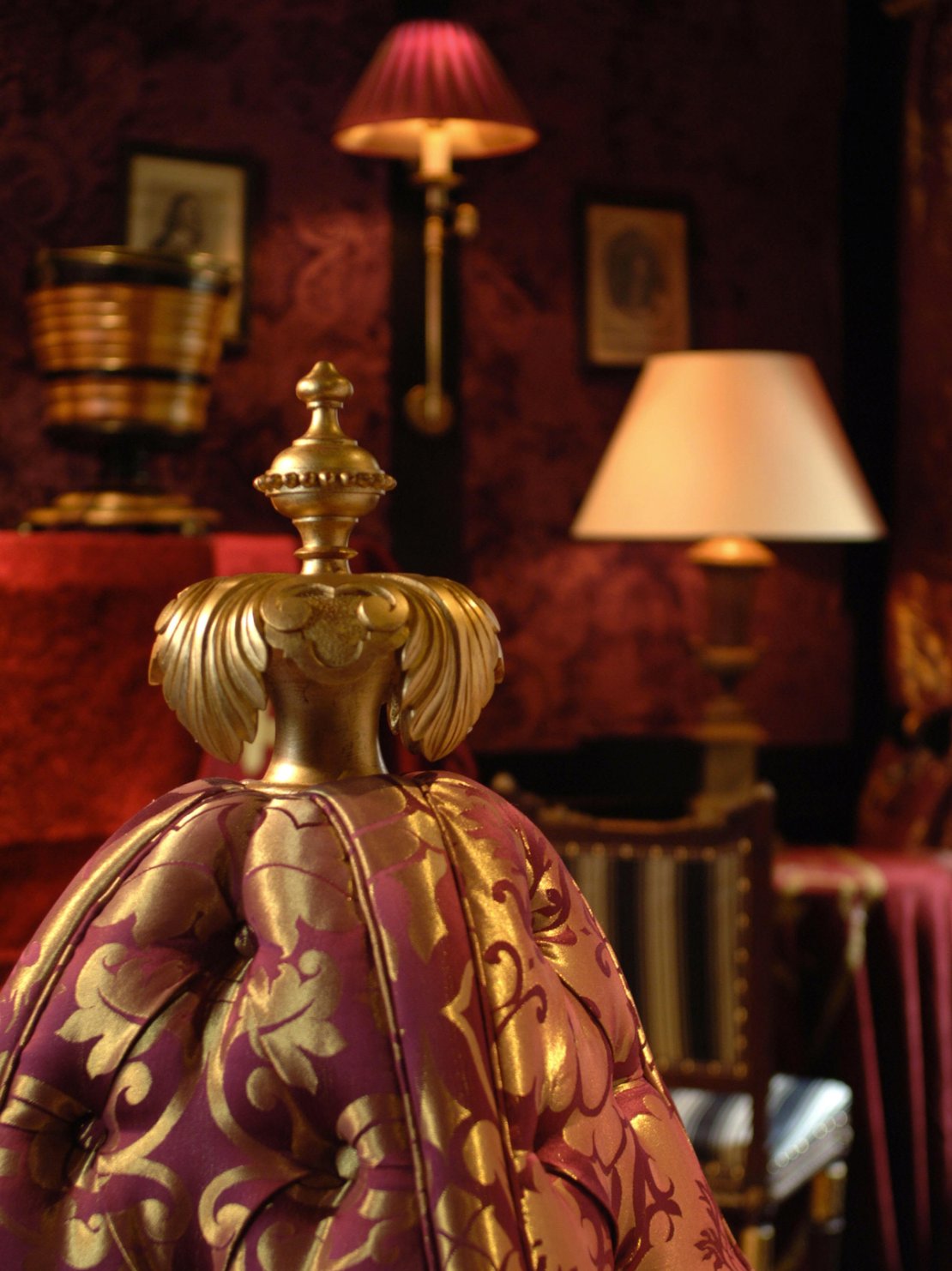
Be the first to add a comment...